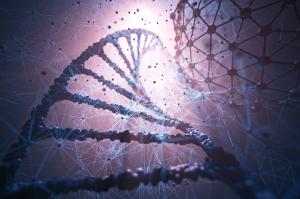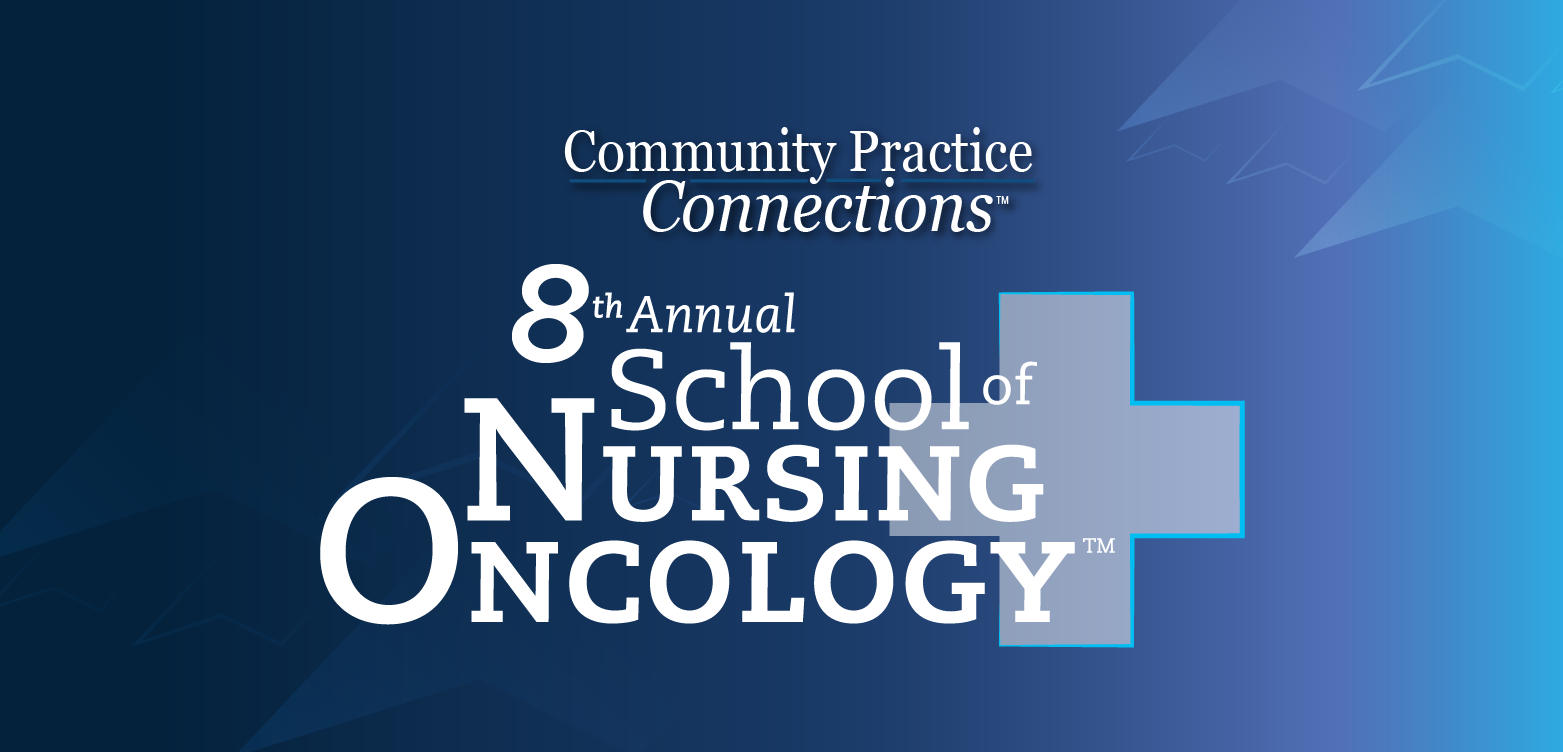|Articles|September 16, 2013
Do Oncogenic Drivers Exist in Squamous Cell Carcinoma of the Lung?
The Cancer Genome Atlas provides us with our first thorough insight into the genetic heterogeneity of squamous cell carcinoma of the lung; whether these findings will translate into personalized squamous cell lung cancer therapy is yet to be determined.
Advertisement
There has been a tremendous paradigm shift in the evaluation and treatment of lung cancer over the last decade, with the discovery that patients who have adenocarcinoma of the lung with activating mutations in the EGFR gene or gene rearrangements in ALK are exquisitely sensitive to treatment with agents targeted to these oncogenic drivers. These genomic subsets have a distinct clinicopathologic presentation, natural history, and disease course, and they are associated with survival almost twice that of other lung cancer patients.[1] These molecular and therapeutic advances in lung adenocarcinoma exist in stark contrast to the therapeutic landscape of squamous cell carcinoma of the lung (SqCC), in which cytotoxic chemotherapy remains the standard of care, and molecular profiling and novel targeted agents are reserved for the clinical trial setting.
As Devarakonda and colleagues point out in this issue of ONCOLOGY, cancer is a disease of the cellular genome, wherein specific genetic alterations confer “hallmark capabilities” that facilitate a cell’s progression to a malignant phenotype.[2] The Cancer Genome Atlas (TCGA) project represents an unbiased and detailed genomic characterization of the SqCC genome, with two goals: lending understanding to the genetic pathways responsible for the initiation and maintenance of malignant transformation, and identifying potential targets for the development of novel targeted agents. TCGA undoubtedly has deepened our understanding of SqCC carcinogenesis and maintenance. Alterations that would prevent squamous cell differentiation were observed in 44% of the SqCC cases from TCGA (overexpression/amplification of SOX2 and TP53; loss-of-function mutations in NOTCH1, NOTCH2, and ASCL4; and focal deletions in FOXP1).[3] Similarly, mutation and copy number alterations of NFE2L2 and KEAP1 and/or deletions of CUL3, genes that are involved in the oxidative stress response, were present in 34% of the SqCC cases.[3] Conversely, only one sample harbored a KRAS codon 61 mutation, and while no EGFR exon 19 deletions or L858R substitutions were identified, EGFR amplification was demonstrated in 7% of cases, and two EGFR L861Q substitutions (a mutation conferring sensitivity to erlotinib and gefitinib) were identified.[3] Targetable alterations were considered present in 64% of TCGA samples, based on criteria that included (1) the availability of a US Food and Drug Administration–approved targeted agent or an agent currently in a clinical trial, (2) confirmation of the altered allele in RNA sequencing, and (3) the mutation assessor score. Of these, mutations or amplification were reported in three families of tyrosine kinases: ErbBs, Janus tyrosine kinases (JAKs), and fibroblast growth factor receptors (FGFRs), suggesting therapeutic potential for targeted agents against the phosphoinositide 3-kinase (PI3K), mammalian target of rapamycin (mTOR), epidermal growth factor receptor (EGFR), FGFR, and human rat sarcoma (RAS) signaling pathways.[3]
The FGFR1 gene was considered activated in 7% of samples from TCGA.[3] Preclinical data have suggested that targeting the FGFR1 protein in FGFR1-amplified cells may be an effective strategy in SqCC.[4] Unfortunately, there are only limited clinical data on FGFR1 inhibitors, and these data are from unselected patient populations. The dual FGFR/vascular endothelial growth factor receptor (VEGFR) inhibitor brivanib (BMS-582664) was evaluated in a randomized discontinuation study of unselected patients with advanced solid tumors and yielded disappointing results, with no responses.[5] However, phase II clinical trials evaluating novel FGFR inhibitors in the targeted FGFR1-amplified SqCC population are ongoing. DDR2 mutations occurred in 1% of cases analyzed in TCGA.[3] There are promising preclinical data on inhibition of DDR2-mutant disease with the tyrosine kinase inhibitor dasatinib.[6] In an early-phase clinical trial evaluating the role of dasatinib vs the combination of erlotinib and dasatinib in advanced-stage lung cancer, 1 of the 7 patients with SqCC, a 59-year-old woman with a former smoking history of 11 pack-years, exhibited tumor shrinkage while undergoing therapy with erlotinib and dasatinib.[6] Interestingly, a subsequent molecular analysis of her pretreatment specimen demonstrated a S768R DDR2 kinase domain mutation, suggesting clinical activity of dasatinib in the DDR2-mutant population.[6] A phase II clinical trial of dasatinib in patients with DDR2 mutations is underway to test whether DDR2 mutation is a targetable oncogenic driver (National Cancer Institute ClinicalTrials.gov identifier: NCT01514864). Notably, 47% of TCGA samples were considered to have pathway activation of PI3K through PIK3CA or AKT activation or PTEN inactivation.[3] Interestingly, some cell lines harboring PI3K pathway alterations are exquisitely sensitive to PI3K inhibitors such as GDC-0941.[7] This compound and other PI3K inhibitors are currently being studied in non–small cell lung cancer patients with pathway alterations in PI3K, in the context of phase I and II clinical trials.
It is important to note that the majority of TCGA samples were from patients with early-stage disease, and it may be challenging to apply extensive molecular testing to the metastatic setting, where small biopsy specimens from patients are often obtained. How successful we are in performing molecular testing in patients with metastatic disease will depend on the size and quality of the specimens being obtained in relationship to the number of genomic aberrations for which we are testing.[3] More importantly, the clinical applicability of TCGA data depends on whether the genetic alterations in early-stage disease do, indeed, reflect the biology of metastatic disease. Clearly, there is no paucity of targeted agents being developed in SqCC, and ultimately, the key to shifting the therapeutic paradigm to a personalized approach in SqCC lies in whether these genomic subsets truly represent distinct clinical entities that are “addicted” to their driver oncogenes, as is seen in EGFR-mutant lung adenocarcinoma and ALK-rearranged lung adenocarcinoma. Data from the Lung Cancer Mutation Consortium (LCMC) indicate that an oncogenic driver can be identified in 62% of lung adenocarcinomas, and that these oncogenic drivers are mutually exclusive in 97% of cases.[8]
While DDR2 mutations in SqCC occurred in a mutually exclusive fashion with PIK3CA, SOX2, and FGFR1 mutations and amplification, there is a high degree of co-occurrence of PIK3CA and SOX2 mutations and amplification, and to a lesser extent co-occurrence of PIK3CA and SOX2 alterations with mutations and amplification of FGFR1.[3] This lack of mutual exclusivity suggests that SqCC tumors may not be “addicted” to a single alteration, as is the case in EGFR-mutant or ALK-positive adenocarcinoma. This overlap does not eliminate the possibility that these genetic alterations define unique molecular subsets that are distinct in their response to targeted therapies, but rather it emphasizes the importance of the proper selection of biomarkers to the ongoing development of targeted therapies in SqCC. TCGA provides us with our first thorough insight into the genetic heterogeneity of SqCC; whether these findings will translate into personalized SqCC therapy is yet to be determined.
Financial Disclosure:The authors have no significant financial interest or other relationship with the manufacturers of any products or providers of any service mentioned in this article.
References:
REFERENCES
1. Villaruz LC, Burns TF, Ramfidis VS, Socinski MA. Personalizing therapy in advanced non-small cell lung cancer. Semin Respir Crit Care Med. 2013. In press.
2. Devarakonda S, Morgensztern D, Govindan R. Clinical applications of TCGA for squamous cell carcinoma. Oncology (Williston Park). 2013;27:899-915.
3. Cancer Genome Atlas Research Network. Comprehensive genomic characterization of squamous cell lung cancers. Nature. 2012;489:519-25.
4. Weiss J, Sos ML, Seidel D, et al. Frequent and focal FGFR1 amplification associates with therapeutically tractable FGFR1 dependency in squamous cell lung cancer. Sci Transl Med. 2010;2:62ra93.
5. Ratain MJ, Schwartz GK, Oza AM, et al. Brivanib (BMS-582664) in advanced solid tumors (AST): results of a phase II randomized discontinuation trial (RDT). J Clin Oncol. 2011;29:3079.
6. Hammerman PS, Sos ML, Ramos AH, et al. Mutations in the DDR2 kinase gene identify a novel therapeutic target in squamous cell lung cancer. Cancer Discov. 2011;1:78-89.
7. Spoerke JM, O’Brien C, Huw L, et al. Phosphoinositide 3-kinase (PI3K) pathway alterations are associated with histologic subtypes and are predictive of sensitivity to PI3K inhibitors in lung cancer preclinical models. Clin Cancer Res. 2012;18:6771-83.
8. Johnson BE, Kris MG, Berry LD, et al. A multicenter effort to identify driver mutations and employ targeted therapy in patients with lung adenocarcinomas: the Lung Cancer Mutation Consortium (LCMC). J Clin Oncol. 2013;31(suppl):abstr 8019.
Newsletter
Stay at the forefront of cutting-edge science with CGT—your direct line to expert insights, breakthrough data, and real-time coverage of the latest advancements in cell and gene therapy.
Advertisement
Related Articles
 CGTLive®’s Weekly Rewind – September 12, 2025
CGTLive®’s Weekly Rewind – September 12, 2025September 12th 2025
 Around the Helix: Cell and Gene Therapy Company Updates – September 10, 2025
Around the Helix: Cell and Gene Therapy Company Updates – September 10, 2025September 10th 2025














































